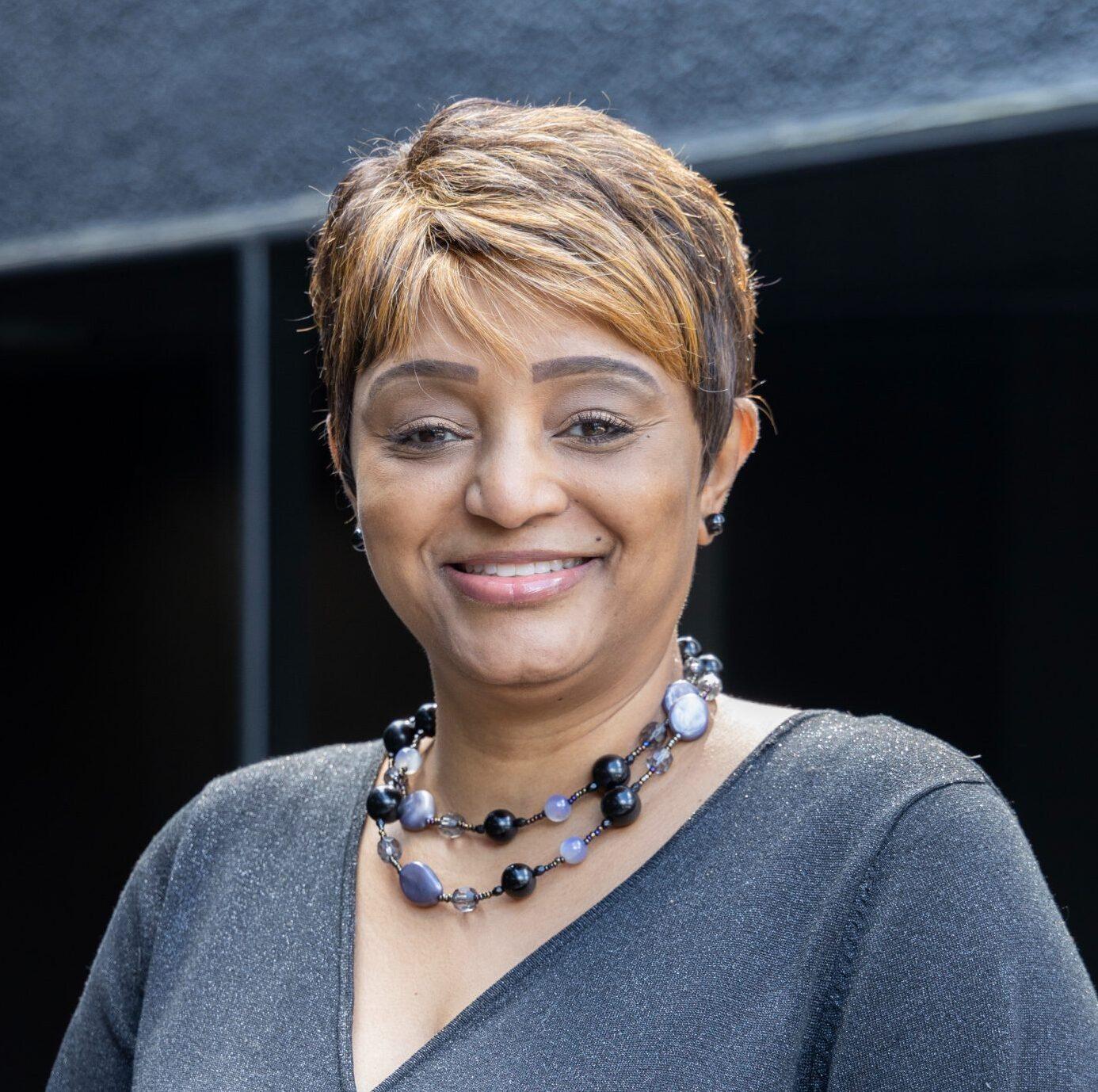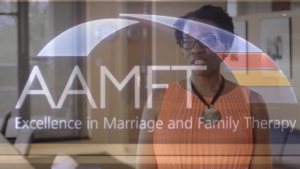Are you “HEALING” or “DERAILING” your grief process?
Grief is an equal opportunity offender and impacts everyone, especially during the era of COVID-19. However, how we understand grief varies from person-to-person. Many understand grief through “stages” but realistically a human being’s emotions don’t occur in sequential order. They do not unfold in a predictable way but contains a fluctuating mix of psychological experiences including thoughts, feelings, behaviors, and physical changes. These vary erratically and unpredictably in the short-term and can evolve over a variable period of time. Grief is different for each individual and each loss is also different and can depend upon who the loved one is, how they died, and the stage of life before their death, etc. Grief can reflect a form of love when a loved one dies.
Columbia University’s Center for Complicated Grief offers two unique acronyms to understand grief: “HEALING milestones” and “DERAILERS.”
“Healing Milestones” allow individuals to adapt to changed circumstances, accept reality, restore well-being and integrate grief into one’s life experiences.
H – Honor your loved one and yourself, reconnect with your own interests and values
E – Ease your emotional pain, allow emotions in your life, both painful and pleasant
A – Accept grief and let it find a place in your life
L – Learn to live with reminders of your loss
I – Integrate memories of your loved one into your life; let them help you learn and grow
N – Narrate stories of the death so that you can understand and accept the reality of your loss
G – Gather friends and loved ones and let them into your life. Let them support you
Likewise, the journey through healing grief, can become blocked. Consider these “DERAILERS” to help see when the progress is hindered which can lead to prolonged or complicated grief.
D – Doubt that you did enough for the person who died (caregiver self-blame)
E – Embracing the idea that intense grief is the only way to honor the person who died
R – Repeatedly imagining scenarios, “if only” thinking
A – Anger and bitterness you can’t resolve or let go of
I – Insistent belief that this death was unfair, wrong, or should not have happened
L – Lack of faith in the possibility of adapting to the loss and having a promising future
E – Excessive avoidance of reminders of the loss
R – Rejecting support from others, unable to let others help, feeling hurt and alone
S – Survivor guilt that is stopping you from experiencing joy and satisfaction
There is no “true north,” on life’s internal emotional compass, to finding one’s way out of grief. Likewise, there are no fixed stages to go through to finalize one’s grief process. Learn to integrate healing milestones into your heart and avoid derailers that hinder your progress forward. Learn to tolerate the unpredictable shifts in your mood, and the directional shifts in your emotions. Grief is done, when it’s done.
If you would like to learn more about HEALING milestones and DERAILERS and how grief has impacted the African American community during COVID-19 click on the link below and watch this free webinar.
Reference:
Loss & grief in real time: The African American experience with COVID-19. (n.d.). Social Work Action Lab for Social Justice. https://actionlab.socialwork.columbia.edu/content/loss-grief-real-time-african-american-experience-covid-19









